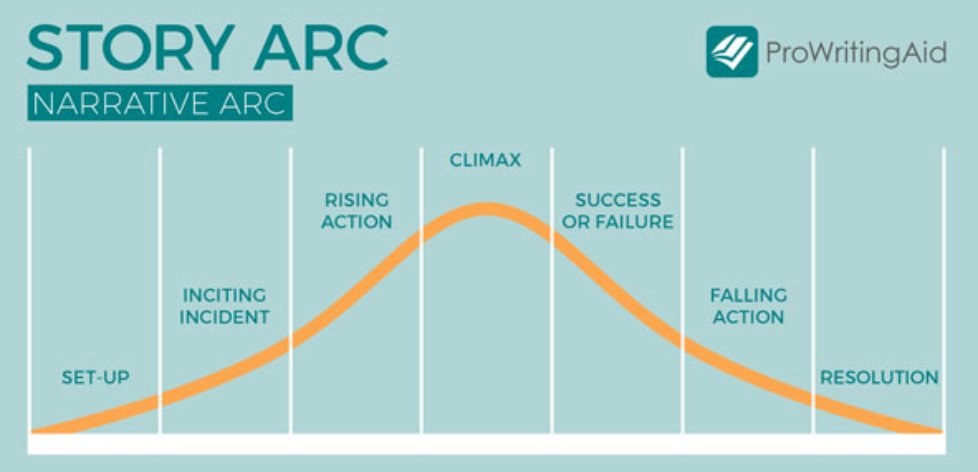What's the number one question I ask emerging writers after reading their scripts?
"What is this story about?"
A quick #screenwriting 🧵
"What is this story about?"
A quick #screenwriting 🧵
Since I started offering my script coverage services, I've read a lot of samples by aspiring professional screenwriters.
And, typically, the writing of the script itself is not the issue.
The dialogue feels natural and characters specific. The action lines are engaging.
And, typically, the writing of the script itself is not the issue.
The dialogue feels natural and characters specific. The action lines are engaging.
But, the thing that takes a script from "Your writing is good" to "This sample is good" is a clear premise.
So often, I read pilots or features that feel like an amalgam of moments without any real driving force that give the reader a sense of what it is they're reading.
So often, I read pilots or features that feel like an amalgam of moments without any real driving force that give the reader a sense of what it is they're reading.
If you can show your readers what your story is about quickly, like in the first 10 pages, your sample will improve exponentially!
• • •
Missing some Tweet in this thread? You can try to
force a refresh





